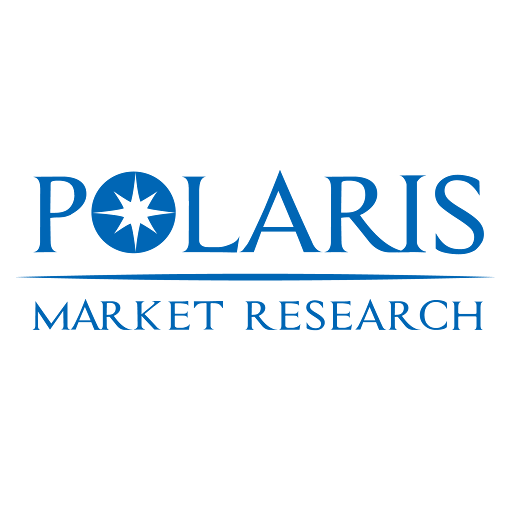The global liquid biopsy for early cancer detection and monitoring market, valued at USD 2.18 billion in 2024, is projected to grow at a compound annual growth rate (CAGR) of 11.62% from 2025 to 2034, driven by the urgent need for non-invasive, real-time cancer diagnostics and the integration of precision oncology into mainstream clinical practice. This expansion is shaped by stark regional disparities in healthcare infrastructure, regulatory frameworks, and access to advanced molecular diagnostics. North America, led by the United States, dominates the market with over 45% of global revenue, underpinned by robust federal funding for cancer research, a well-established network of academic medical centers, and rapid adoption of next-generation sequencing (NGS) technologies. The U.S. Food and Drug Administration’s (FDA) Breakthrough Device Designation and accelerated approval pathways have enabled swift commercialization of liquid biopsy assays, particularly for non-small cell lung cancer (NSCLC) and colorectal cancer. Additionally, the Centers for Medicare & Medicaid Services (CMS) coverage of certain circulating tumor DNA (ctDNA) tests has improved reimbursement visibility, encouraging broader clinical integration.
In contrast, Europe’s liquid biopsy market is characterized by a fragmented regulatory landscape, with varying levels of adoption across member states despite harmonized clinical guidelines from the European Society for Medical Oncology (ESMO). Countries like Germany, France, and the UK have established national genomic medicine initiatives—such as Genomics England and the German Human Genome-Phenome Archive—that are accelerating research and pilot implementation of liquid biopsy in routine care. However, inconsistent reimbursement policies and lengthy health technology assessment (HTA) processes delay widespread deployment. The EU’s In Vitro Diagnostic Regulation (IVDR), implemented in 2022, has introduced stricter performance and traceability requirements for diagnostic tests, increasing compliance costs and favoring large, well-capitalized manufacturers over smaller innovators. These regulatory hurdles are reshaping cross-border supply chains, as companies consolidate manufacturing and quality control operations within EU-approved facilities to maintain market access.
Asia Pacific is emerging as the fastest-growing region, driven by rising cancer incidence, expanding middle-class populations, and government-led investments in precision medicine. China, Japan, and South Korea are advancing national genomics programs, with China’s “Precision Medicine Initiative” allocating billions to large-scale population screening and biomarker discovery. Japan’s Pharmaceuticals and Medical Devices Agency (PMDA) has approved several liquid biopsy kits for EGFR mutation detection in NSCLC, enabling early adoption in clinical settings. Regional manufacturing trends indicate a shift toward localized production of reagents and sequencing platforms, reducing dependency on Western suppliers and enhancing supply chain resilience. However, data privacy laws, intellectual property concerns, and limited access to high-throughput NGS infrastructure in rural areas constrain scalability. Market penetration strategies by global players often involve partnerships with local hospitals, diagnostic labs, and biotech firms to co-develop region-specific assays and navigate complex regulatory environments.
Geopolitical factors, including U.S.-China trade tensions and export controls on dual-use genomic technologies, are influencing the flow of instrumentation, software, and bioinformatics tools. These dynamics are prompting companies to establish regional hubs for R&D, data analysis, and sample processing to comply with data localization mandates. Meanwhile, in emerging markets such as India and Southeast Asia, public-private collaborations are expanding access to liquid biopsy through subsidized screening programs and telepathology networks. As the global oncology community moves toward earlier detection and minimal residual disease (MRD) monitoring, the ability to deliver accurate, affordable, and compliant liquid biopsy solutions across diverse healthcare systems will be a key determinant of long-term market success.
Competitive Landscape:
- Guardant Health, Inc.
- Exact Sciences Corporation
- F. Hoffmann-La Roche Ltd
- Bio-Rad Laboratories, Inc.
- Illumina, Inc.
- Qiagen N.V.
- Adaptive Biotechnologies Corporation
- Thermo Fisher Scientific Inc.
More Trending Latest Reports By Polaris Market Research:
Over-The-Top Devices And Services Market
X-Ray Photoelectron Spectroscopy Market
Built And Natural Environment Consulting Market
Point-Of-Sale (Pos) Terminals Market
